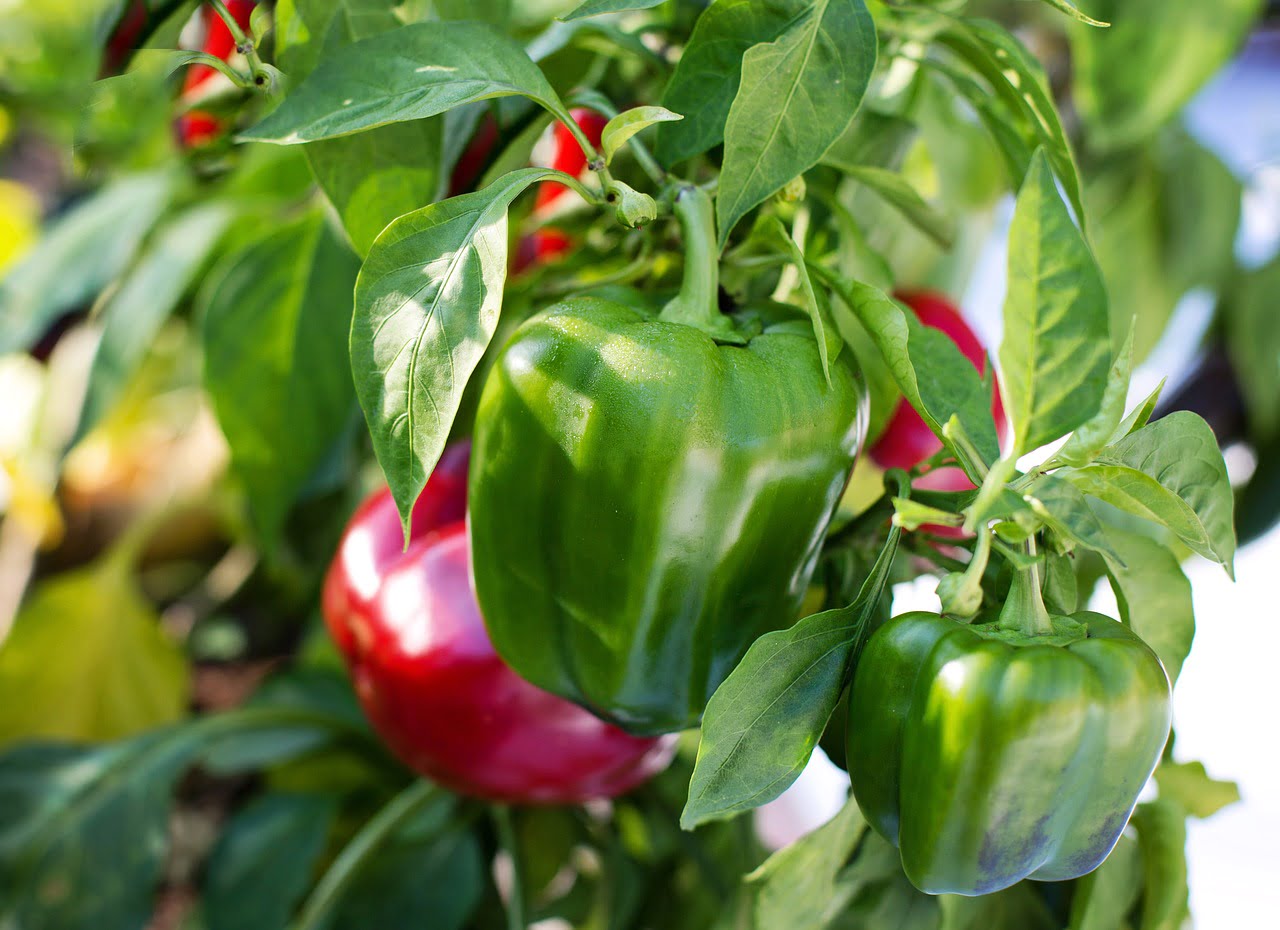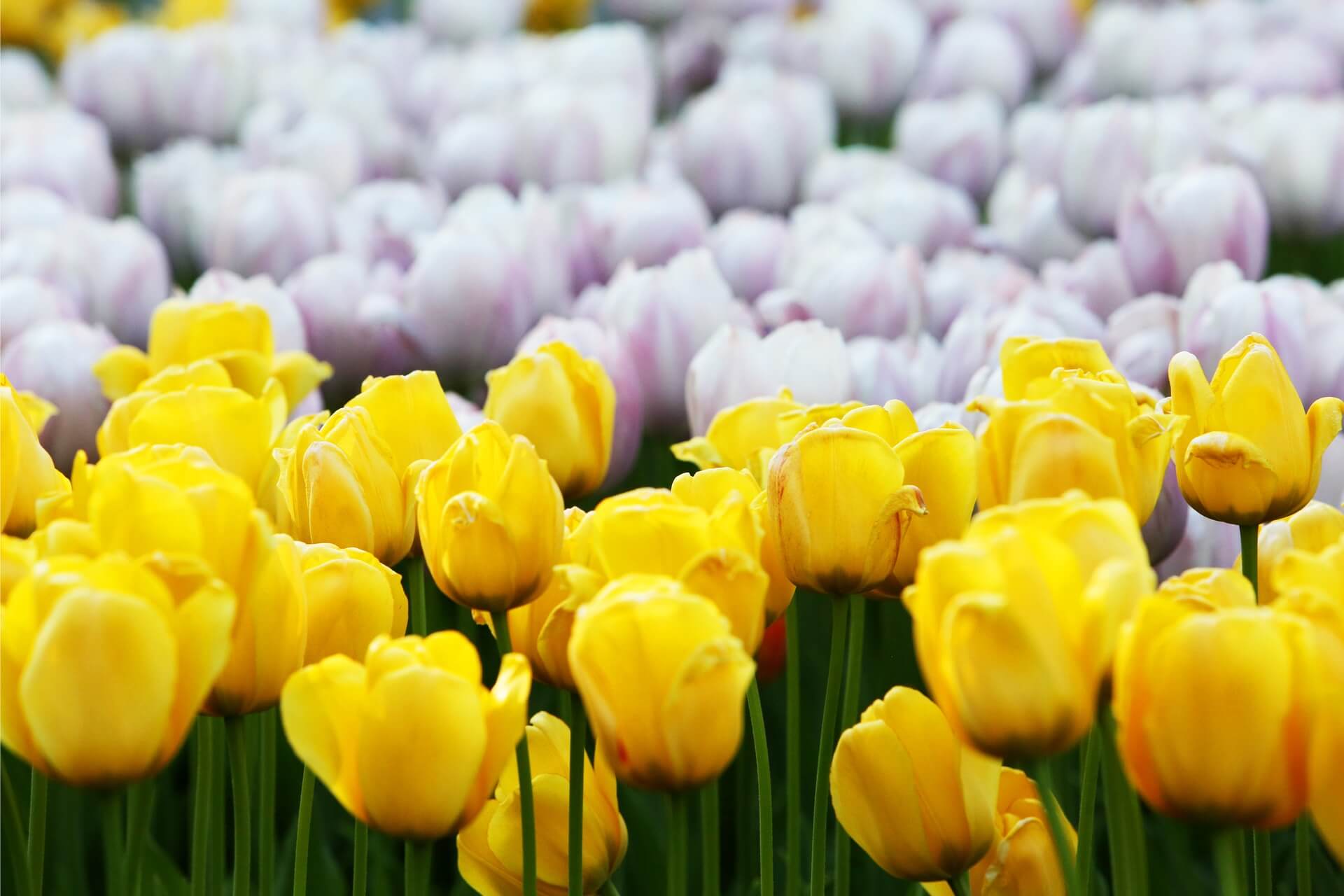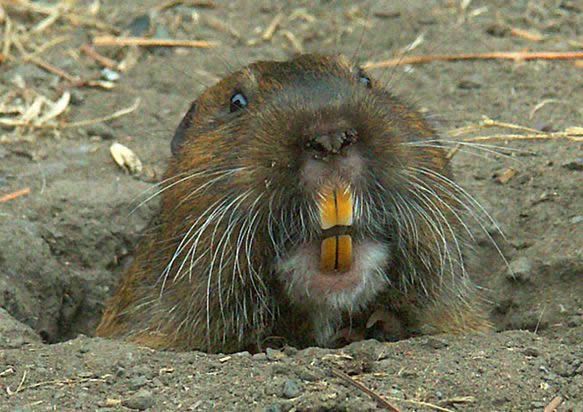Gardening season is approaching, which means it is time to start planning what you want to plant in your garden. There are so many delicious fruits and vegetables to grow during the summer months. If you like bell peppers, then you may be interested in growing them this year. Growing bell peppers do not require much work. Just like any other fruit or vegetable, bell peppers require sunlight, water, and good soil. In this article, let’s take a look at the steps to grow bell peppers in your backyard garden.
Types of Bell Peppers to Plant
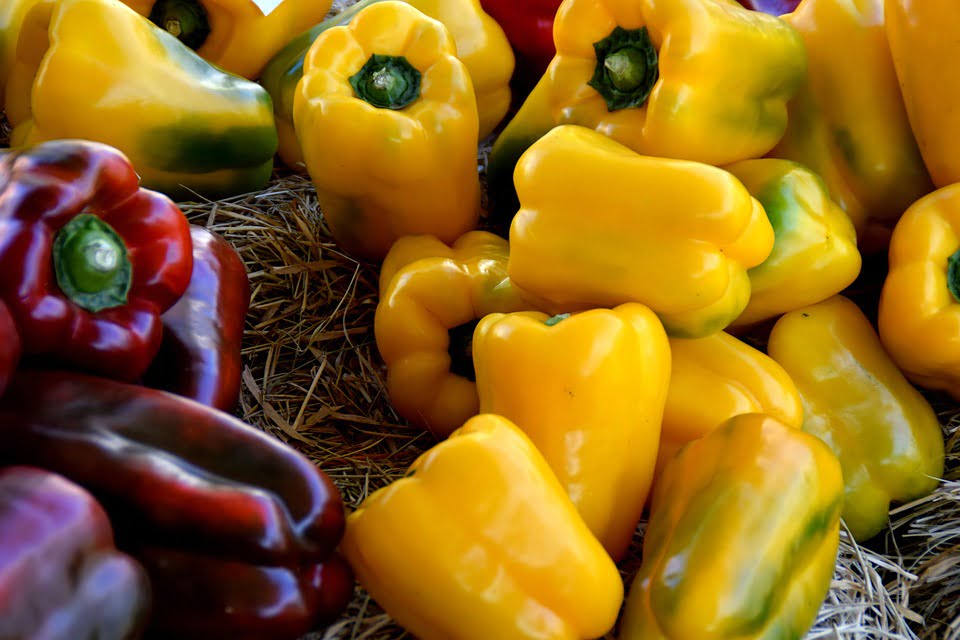
Peppers, which are scientifically considered a fruit, come in many different colors and shapes. Not only are there many different types of peppers, but there are also several different types of bell peppers. Here is a list of the different kinds of bell peppers.
Canary Bell Peppers
Unlike some other bell peppers, Canary bell peppers take a long time to grow. These peppers take 100 days to reach maturity. However, the long wait is worth it, as these 1/2-by-4-inch yellow fruits are sweet and simply delicious.
Big Red Bell Peppers
Big Red bell peppers take about 75 days to grow, which is much less than Canary bell peppers. You’ll know when they are ready because they turn from green to red as they ripen. This sweet pepper has very thick flesh.
Coral Bell Peppers
Coral bell peppers have a vibrant orange color. The fruit from this plant reaches about 4-by-3 1/2-inches at maturity.
California Wonder
California Wonder is delicious when picked green. It can also be left on the plant to ripen to a sweeter red pepper.
Purple Beauty Bell Peppers
Purple Beauty is an heirloom pepper with a deep purple color, thick-walled flesh, and 4-by-3-inch fruit. It sometimes looks black due to its dark color.
Chocolate Beauty Bell Peppers
These bell peppers are much different than regular bell peppers. They have a deep brown color with really sweet flesh. It grows quickly, with about 67-70 days to maturity, and is Tobacco Mosaic Virus resistant.
How to Grow Bell Peppers
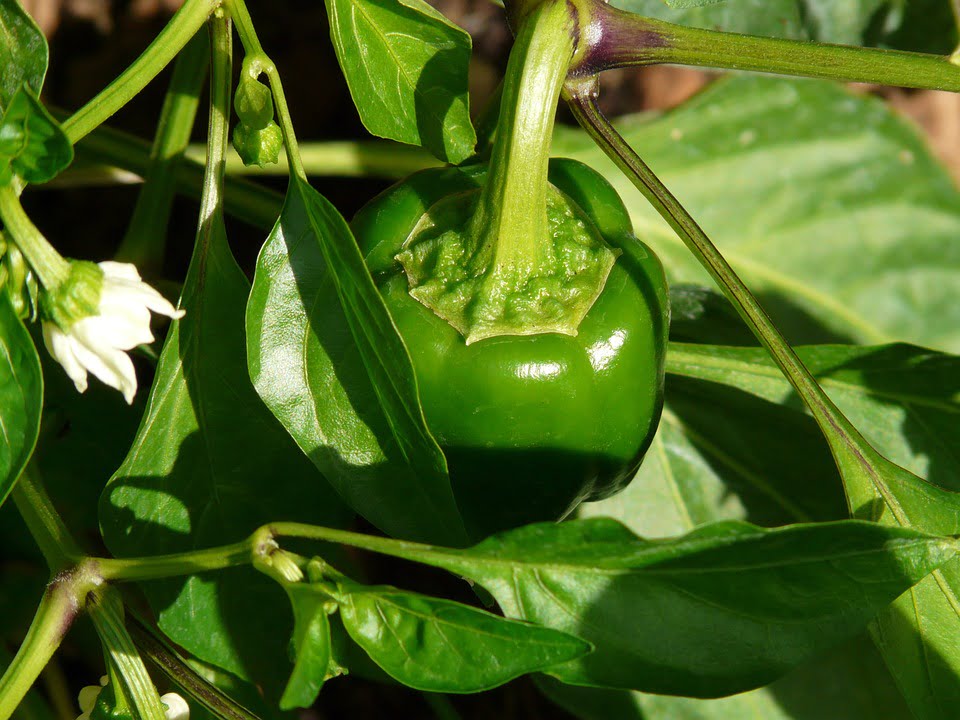
Once you have chosen which type of bell pepper you want to grow, it’s time to start planting them. Growing bell peppers is fairly easy. Keep in mind that all peppers grow differently, so don’t assume that other peppers grow the same way bell peppers do. If you will be growing any other peppers, be sure to do research on how to grow that specific plant. With that being said, let’s dive in and take a look at how to grow bell peppers.
1. Start Growing Your Seeds Early
To begin growing bell peppers, start growing the seeds indoors 8 to 10 weeks before the last spring frost date. The temperature must be at least 70° F for seed germination. Because of this, be sure the temperature remains warm so that you get quick results. In each pot, plant three bell pepper seeds. As they begin growing, you can thin out the weakest seedling. Let the remaining two pepper plants grow together as one plant, even after you transplant them. The leaves of the two plants help protect peppers against sunscald and the yield is often twice as good as two segregated plants. About 10 days before transplanting the seeds, begin to harden off the plants. A great way to harden off the seedlings is to put them in a cold frame. A week before transplanting, introduce fertilizer or aged compost into your garden soil.
2. Transplant the Seedlings
Wait a few weeks after the last dated frost before you transplant your seedlings. This ensures that another frost won’t come after you have planted your young bell peppers. Make sure you have properly hardened off your plants before you introduce them to your garden. Hardening off plants simply means to introduce the outdoor weather to plants who have been grown indoors. There are many ways to harden off plants. You can start by putting them in a cold frame, which is basically a mini greenhouse. Another option is to bring your plants outdoors during the day and back inside at night. Once you are sure that your plants are hardened off, it’s time to transplant them.
Before transplanting, make sure the soil temperature is warm enough, usually around 65°F. If the soil is colder than this, you can warm it up by placing black tarps on the ground. Transplanting can stress a plant and cause blossom drop, so you’ll want to remove any flowers that form before giving them a permanent home. Plant them about 18 to 24 inches apart. The only plants you should keep together are the ones that grew together in the pot. All of the others should be separated.
Water the newly planted bell peppers well and add an inch or two of organic mulch. Their roots are shallow and mulch will help to maintain moisture and protect roots from moisture related stress.
3. Warm Soil and Temperatures Are Necessary
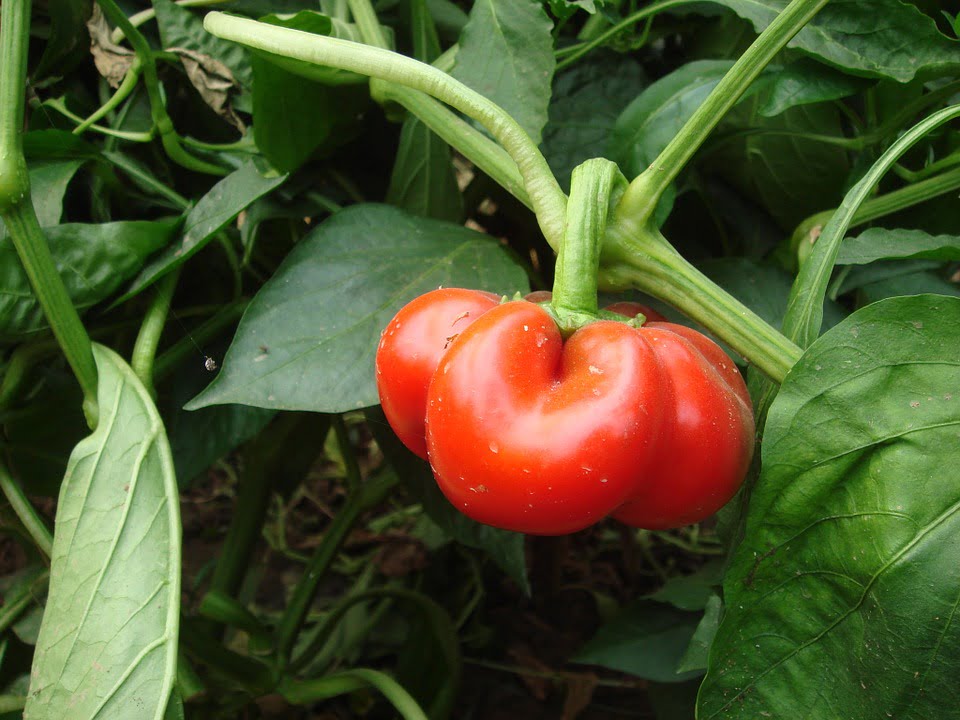
Bell peppers generally need warm soil and warm temperatures to thrive. To encourage faster growth in cooler areas, consider laying black plastic over the soil. Be careful to not let the soil get too hot, as hot soil can kill beneficial soil bacteria. It is best if the soil temperature stays at 65°F. Make sure you choose loamy, rich, well-draining soil with a pH near neutral for your bell peppers to grow in. Once the fruit sets in, you’ll want to add some fertilizer. Plant your bell pepper plant where it can get full sun.
4. How to Water Your Bell Peppers
In order for your bell peppers to produce a large harvest of fruits, you must keep the plants properly watered. If they are too wet or too dry, they will not produce as many fruits. Keep the soil moist but not too wet. When you water the bell peppers, there should never be a large puddle of water. It is recommended to water 1 to 2 inches of water per week. However, if you live in a hot climate, you may need to water your bell peppers every day. If you want larger fruit, spray the plants with a solution of one tablespoon of Epsom salts in a gallon of water. Pour some onto your plants once when it begins to bloom and once ten days later.
5. Pests and Diseases to Watch out For
Just like all plants, bell peppers are prone to getting diseases. Certain pests are also attracted to the bell pepper plant. Aphids and Flea Beetles are two pests to watch out for. Diseases to watch out for include the Cucumber Mosaic Virus and Blossom-End Rot. Blossom-End Rot appears as a soft, sunken area which turns darker in color on the fruit. In addition to these pests and diseases, pollination can be reduced in temperatures below 60° F and above 90° F. Therefore, it may be difficult to grow bell peppers in climates too hot or too cold. Be careful with the type of soil you use, as too much nitrogen will reduce fruit from setting.
Can Bell Peppers Help Get Rid of the Skunk Smell on My Dog?
Can bell peppers really help get rid of skunk smell on dog? While there is no scientific evidence to support this claim, some dog owners swear by using a mixture of bell peppers to combat the unpleasant skunk odor. However, it’s always best to consult a veterinarian for proper guidance and expert advice.
6. Weed Your Garden
While weeding the garden can often be a difficult task, it is important that you do it. Weeds can steal the nutrients and water from the soil, as well as block your plants from receiving sunlight. As your plants get bigger, weeding the garden isn’t as necessary. However, it is still important to keep your garden free of weeds so that all of the nutrients and water go to your plants only.
7. How to Harvest Your Bell Peppers
Just as growing bell peppers is easy, harvesting them is very simple. Depending on the variety of bell peppers you planted, each bell pepper should turn from a green color to either red, yellow, purple, or orange. Once your bell peppers reach the desired size, it is time to harvest them. Don’t rush to harvest them as soon as their mature color comes in. The longer bell peppers stay on the plant, the sweeter they become and their Vitamin C content is greater. To harvest the fruit, use a knife or scissors to cut the fruit off of the plant. While pulling them off like a tomato is an option, it is better for the plant if you cut them off.
Once you have harvested your bell peppers, you can either refrigerate them, dry them, or freeze them. They can be stored up to 10 days in the refrigerator after being harvested. The best way to eat bell peppers is while they are still fresh, but processing them is an option. Unlike some other vegetables and fruits, bell peppers can be frozen without you having to blanch them first. Besides processing them, there are also many delicious bell pepper recipes. For some tasty meal ideas to make out of bell peppers, click here.
Final Thoughts
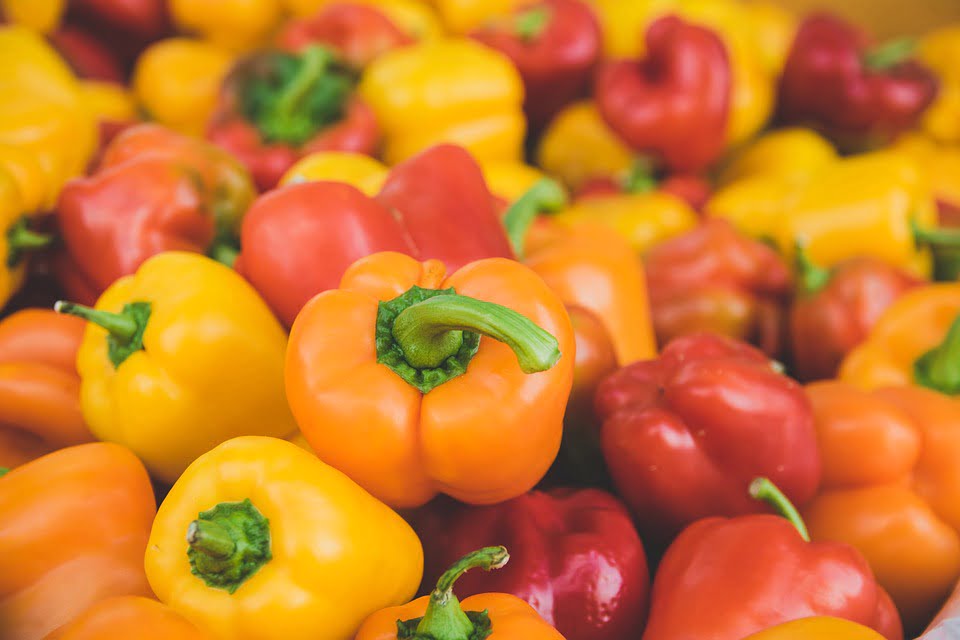
I hope this article on how to grow bell peppers has been helpful to you. Growing bell peppers is very easy, and the result is a large harvest of bell peppers. Unlike some other peppers, bell peppers are very sweet tasting. In addition to being delicious, bell peppers are also very beautiful to grow in a garden. Most varieties are bright colored and very pretty to look at. This fruit makes the perfect addition to your garden. There are many different varieties of bell peppers, so be sure to choose the varieties you like. I hope this article on growing bell peppers has answered all of your questions. All of your hard work will be rewarded when you harvest your bell peppers from the garden. Happy gardening!





